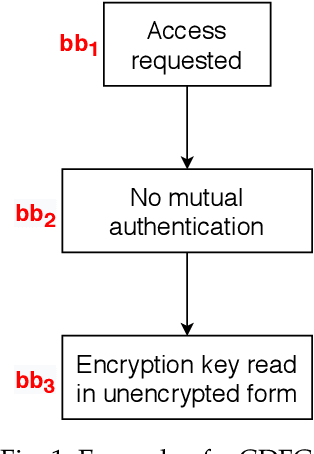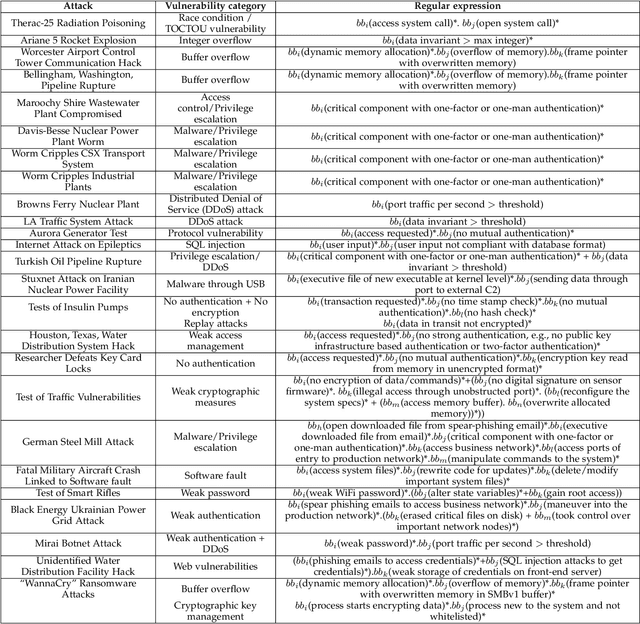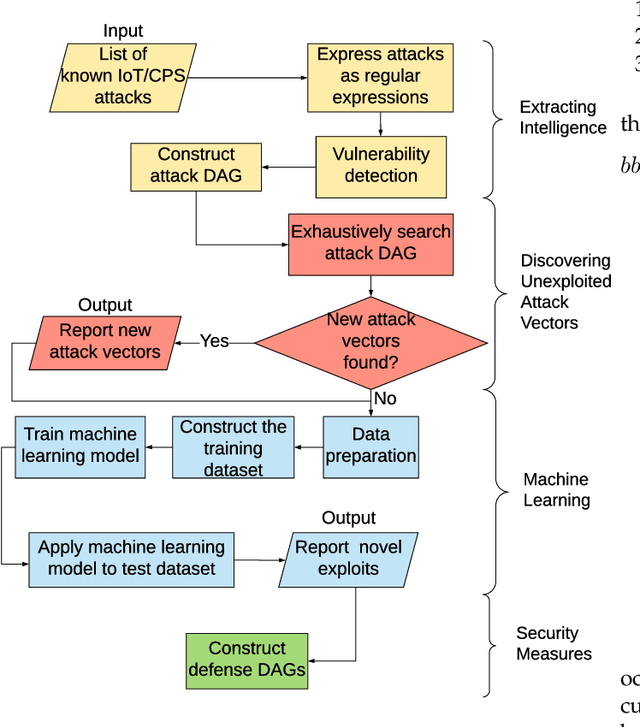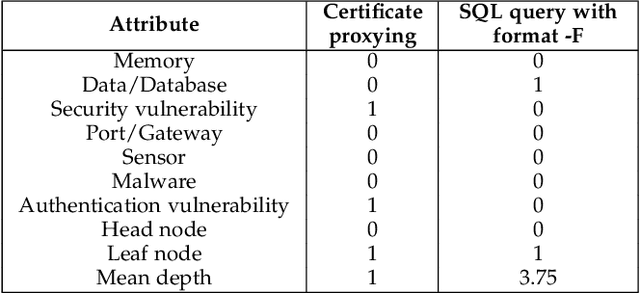Najwa Aaraj
Automated Mapping of CVE Vulnerability Records to MITRE CWE Weaknesses
Apr 13, 2023Abstract:In recent years, a proliferation of cyber-security threats and diversity has been on the rise culminating in an increase in their reporting and analysis. To counter that, many non-profit organizations have emerged in this domain, such as MITRE and OSWAP, which have been actively tracking vulnerabilities, and publishing defense recommendations in standardized formats. As producing data in such formats manually is very time-consuming, there have been some proposals to automate the process. Unfortunately, a major obstacle to adopting supervised machine learning for this problem has been the lack of publicly available specialized datasets. Here, we aim to bridge this gap. In particular, we focus on mapping CVE records into MITRE CWE Weaknesses, and we release to the research community a manually annotated dataset of 4,012 records for this task. With a human-in-the-loop framework in mind, we approach the problem as a ranking task and aim to incorporate reinforced learning to make use of the human feedback in future work. Our experimental results using fine-tuned deep learning models, namely Sentence-BERT and rankT5, show sizable performance gains over BM25, BERT, and RoBERTa, which demonstrates the need for an architecture capable of good semantic understanding for this task.
Machine Learning Assisted Security Analysis of 5G-Network-Connected Systems
Aug 07, 2021



Abstract:The core network architecture of telecommunication systems has undergone a paradigm shift in the fifth-generation (5G)networks. 5G networks have transitioned to software-defined infrastructures, thereby reducing their dependence on hardware-based network functions. New technologies, like network function virtualization and software-defined networking, have been incorporated in the 5G core network (5GCN) architecture to enable this transition. This has resulted in significant improvements in efficiency, performance, and robustness of the networks. However, this has also made the core network more vulnerable, as software systems are generally easier to compromise than hardware systems. In this article, we present a comprehensive security analysis framework for the 5GCN. The novelty of this approach lies in the creation and analysis of attack graphs of the software-defined and virtualized 5GCN through machine learning. This analysis points to 119 novel possible exploits in the 5GCN. We demonstrate that these possible exploits of 5GCN vulnerabilities generate five novel attacks on the 5G Authentication and Key Agreement protocol. We combine the attacks at the network, protocol, and the application layers to generate complex attack vectors. In a case study, we use these attack vectors to find four novel security loopholes in WhatsApp running on a 5G network.
SHARKS: Smart Hacking Approaches for RisK Scanning in Internet-of-Things and Cyber-Physical Systems based on Machine Learning
Jan 07, 2021



Abstract:Cyber-physical systems (CPS) and Internet-of-Things (IoT) devices are increasingly being deployed across multiple functionalities, ranging from healthcare devices and wearables to critical infrastructures, e.g., nuclear power plants, autonomous vehicles, smart cities, and smart homes. These devices are inherently not secure across their comprehensive software, hardware, and network stacks, thus presenting a large attack surface that can be exploited by hackers. In this article, we present an innovative technique for detecting unknown system vulnerabilities, managing these vulnerabilities, and improving incident response when such vulnerabilities are exploited. The novelty of this approach lies in extracting intelligence from known real-world CPS/IoT attacks, representing them in the form of regular expressions, and employing machine learning (ML) techniques on this ensemble of regular expressions to generate new attack vectors and security vulnerabilities. Our results show that 10 new attack vectors and 122 new vulnerability exploits can be successfully generated that have the potential to exploit a CPS or an IoT ecosystem. The ML methodology achieves an accuracy of 97.4% and enables us to predict these attacks efficiently with an 87.2% reduction in the search space. We demonstrate the application of our method to the hacking of the in-vehicle network of a connected car. To defend against the known attacks and possible novel exploits, we discuss a defense-in-depth mechanism for various classes of attacks and the classification of data targeted by such attacks. This defense mechanism optimizes the cost of security measures based on the sensitivity of the protected resource, thus incentivizing its adoption in real-world CPS/IoT by cybersecurity practitioners.
 Add to Chrome
Add to Chrome Add to Firefox
Add to Firefox Add to Edge
Add to Edge